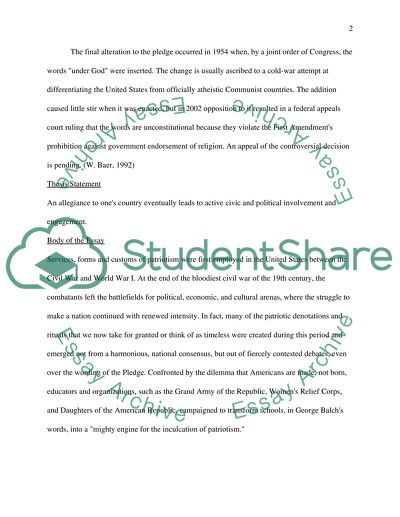Cite this document
(“Public School Essay Example | Topics and Well Written Essays - 1500 words”, n.d.)
Retrieved from https://studentshare.org/miscellaneous/1517156-public-school
Retrieved from https://studentshare.org/miscellaneous/1517156-public-school
(Public School Essay Example | Topics and Well Written Essays - 1500 Words)
https://studentshare.org/miscellaneous/1517156-public-school.
https://studentshare.org/miscellaneous/1517156-public-school.
“Public School Essay Example | Topics and Well Written Essays - 1500 Words”, n.d. https://studentshare.org/miscellaneous/1517156-public-school.


